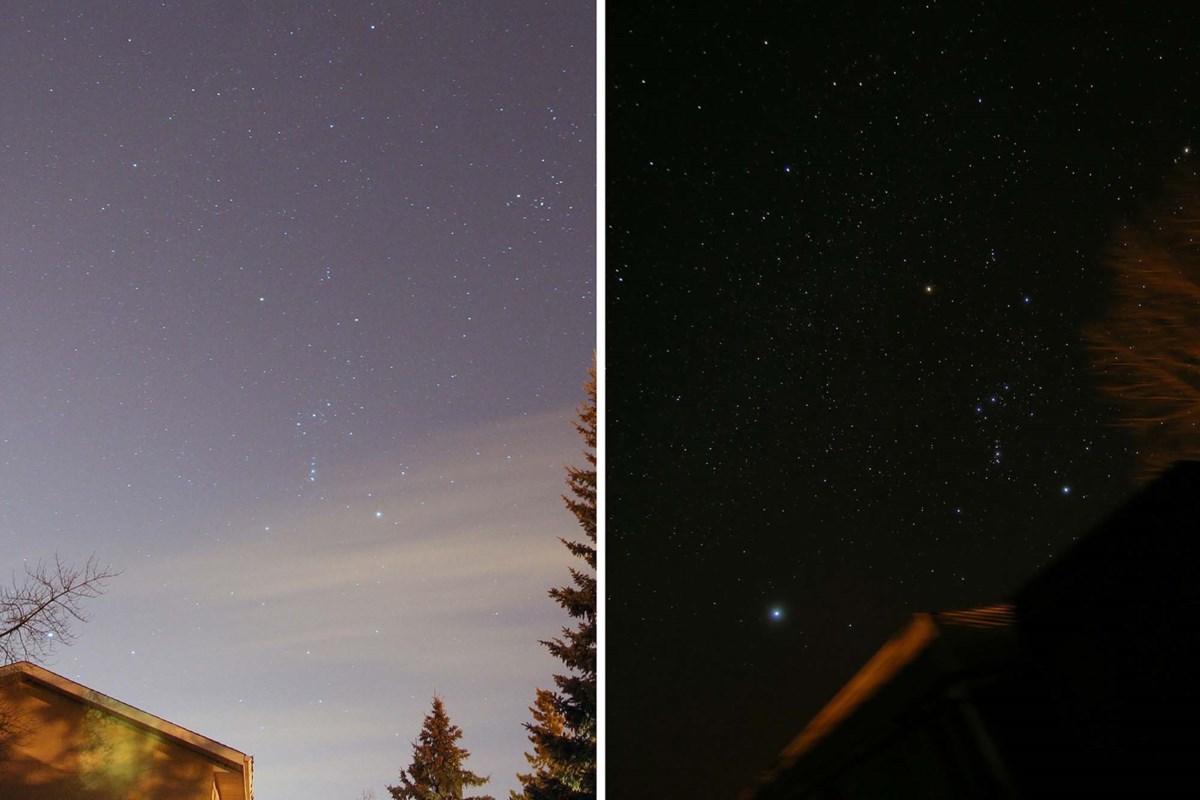 (Pikisuperstar / Freepik)
(Pikisuperstar / Freepik)
On Monday, a pair of scientists at Peking University in Beijing published a research paper, “Multidecadal variation of the Earth’s inner-core rotation.” Exciting news for geophysicists, but not so zippy as a headline.
Thanks to our sponsors:
It sounds better as “Earth’s Core May Be Spinning in Reverse,” which is how a lot of news outlets summed up the study’s findings.
Forbes’ science contributor Eric Mack dug deeper than most mainstream media reporters and explained the nuances of the research. In short: Earth’s core sometimes spins faster than the planet’s outer layers, and sometimes it spins slower. But it doesn’t reverse course. And no one really knows if the core’s spinning speed matters or not.
But hey, for a minute there, everyone was paying attention to science.
Here’s what else grabbed our attention this week.
Astronomy
 The trajectory of 2023 BU compared with orbiting satellites. (NASA / JPL-Caltech)
The trajectory of 2023 BU compared with orbiting satellites. (NASA / JPL-Caltech)
Hollywood loves a good asteroid-hurtling-toward-Earth story. The reality is usually far less dramatic (except for that time a space rock killed all the dinosaurs).
Less than a week ago, a near-Earth asteroid dubbed 2023 BU was discovered by an observer in Crimea. Faster than you can say Leonardo DiCaprio, NASA analyzed the data and determined there was no risk of an impact.
But 2023 BU was projected to come within 2,200 miles of Earth, a distance that given the vastness of outer space qualifies as a near-miss. For context, there are satellites orbiting Earth positioned further away than 2023 BU’s expected fly-by.
“In fact, this is one of the closest approaches by a known near-Earth object ever recorded,” said Davide Farnocchia, a navigation engineer at Jet Propulsion Lab.
If the asteroid had taken aim at our big blue marble, scientists say it would have disintegrated in the atmosphere. Phew!
Even if it had survived the descent, at an estimated measurement of 11.5 to 28 feet across, 2023 BU is no Chicxulub. That dinosaur-killer was nine miles wide.
Climate Change
Melting ice in the Arctic has opened up new shipping routes in waters that were previously frozen.
With the added traffic comes increased underwater noise — studies indicate it’s doubled in intensity in the past six years — and the narwhals have had it with the loud neighbors.
The Inuit people say the noise caused by ships — as loud as an underwater rock concert — is driving away the narwhals, which the Inuit have relied on for centuries as food.
A coalition of Inuit from Alaska, Canada, Greenland and Russia is asking the United Nations for relief. Voluntary guidelines to reduce noise aren’t working, the Inuit say, and they want the UN’s International Maritime Organization to adopt mandatory measures.
Advocacy
The Sierra Club’s new executive director, Ben Jealous, spent his first official day on the job Jan. 23.
A former president and CEO of the NAACP, Jealous becomes the first person of color to lead the 100-year-old conservation organization, which came under fire in 2021 for fostering a “culture lacking accountability for abuse and misconduct.” A damaging report led to the resignation of Jealous’ predecessor Michael Brune.
Jealous plans to spend his first month undertaking a nationwide listening tour, meeting with volunteers, community partners and chapter leaders.
Parks
There are people in Chicago still arguing over the Lucas Museum: Great opportunity the city should have embraced wholeheartedly or mistake on the lake mercifully avoided?
Let’s fan the flames.
The Los Angeles Times has published a photo essay of the billion-dollar Lucas Museum of Narrative Arts, expected to open in 2025.
Whaddya think Chicago? Does it look more like a Rebel Alliance cruiser or Imperial Star Destroyer?
Get Out
If there’s at least 4 inches of snow on the ground — and the forecast is looking promising in that regard — Morton Arboretum is open for cross-country skiing and snowshoeing. Bring your own gear or rent on-site.
Tweet of the Week
Contact Patty Wetli: @pattywetli | (773) 509-5623 | [email protected]
Thanks to our sponsors:
Thanks to our sponsors:
Adblock test (Why?)
https://news.google.com/__i/rss/rd/articles/CBMiaWh0dHBzOi8vbmV3cy53dHR3LmNvbS8yMDIzLzAxLzI3L3dlZWstbmF0dXJlLXJlcG9ydHMtZWFydGgtc3Bpbm5pbmctcmV2ZXJzZS1oYXZlLWJlZW4tZ3JlYXRseS1leGFnZ2VyYXRlZNIBAA?oc=5
2023-01-27 17:02:57Z
1750673414


















